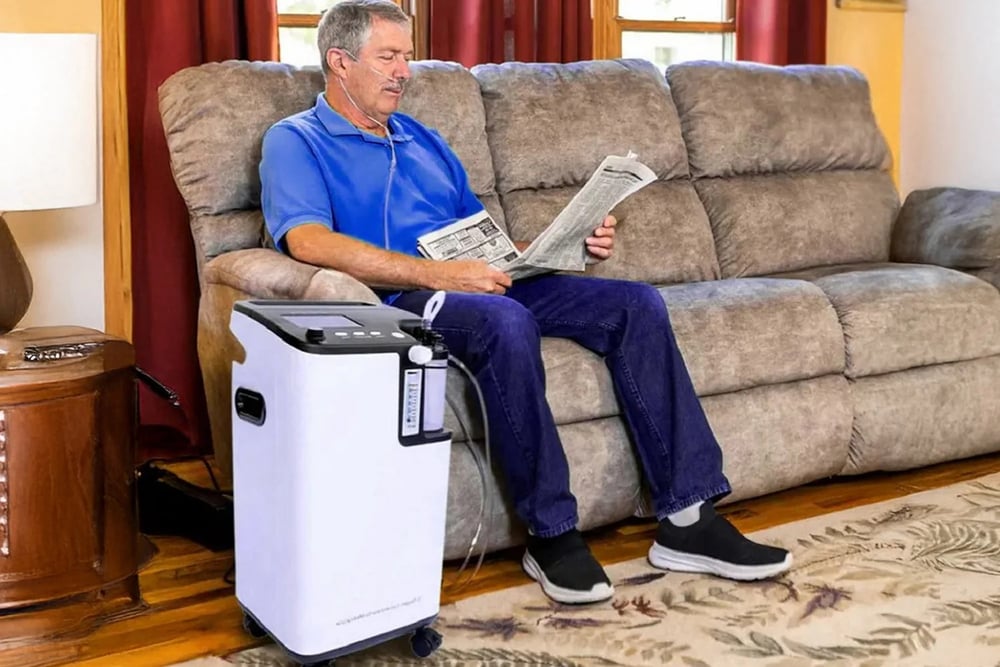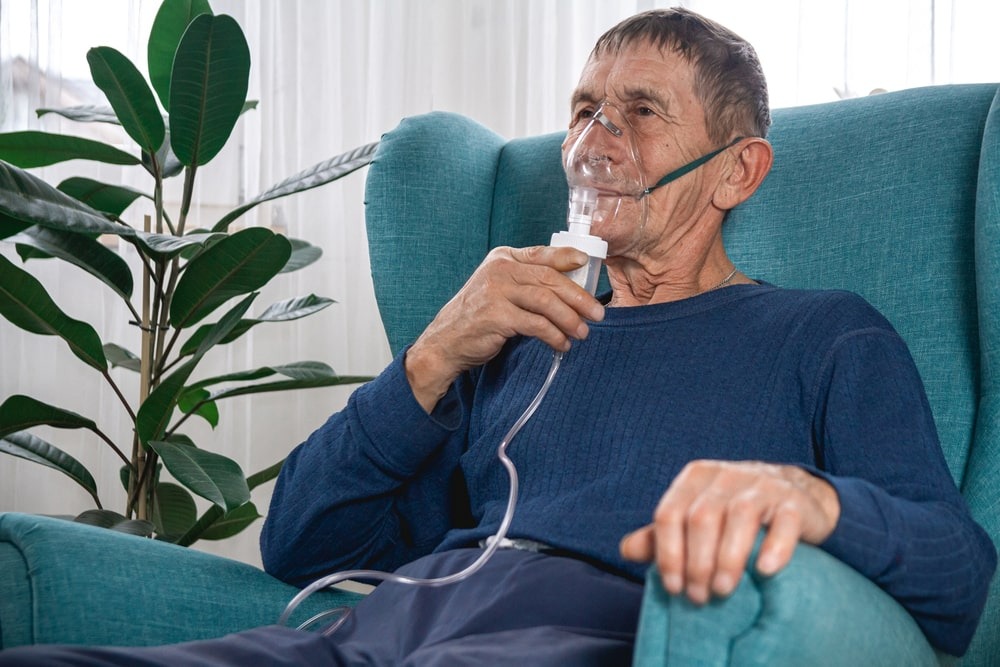Oxygen therapy has become a vital treatment for individuals with respiratory conditions, chronic lung diseases, or other health issues that affect oxygen levels. While traditionally provided in hospitals or specialized clinics, many patients now prefer the comfort of receiving treatment at home. The convenience, comfort, and personalized care make home-based oxygen therapy increasingly popular. However, safety is often the foremost concern for families considering this approach. Understanding the key factors that ensure safe oxygen therapy at home is essential. For those living in the UAE, particularly in urban settings, Oxygen Therapy at home in Dubai has emerged as a practical solution for long-term respiratory care.
Understanding Home Oxygen Therapy
Oxygen therapy involves supplying supplemental oxygen to maintain adequate blood oxygen levels. It can be delivered through nasal cannulas, masks, or portable oxygen concentrators. The main goal is to prevent complications from low oxygen levels, such as fatigue, shortness of breath, or more severe cardiovascular issues. When administered correctly, oxygen therapy can significantly improve quality of life, enhance sleep, and increase overall energy levels.
Home oxygen therapy is typically prescribed for patients with chronic obstructive pulmonary disease (COPD), asthma, pneumonia, sleep apnea, or heart failure. The prescribed oxygen concentration and duration of use depend on individual medical conditions. Unlike hospital settings, home therapy allows patients to maintain daily routines, remain in familiar surroundings, and enjoy a sense of independence while receiving necessary care.
Ensuring Safety at Home
Safety is a critical consideration when using oxygen therapy outside a medical facility. Oxygen is not flammable on its own but can accelerate fires when in contact with flames or sparks. This makes proper handling and storage extremely important. Patients and caregivers should follow safety guidelines, including keeping oxygen equipment away from open flames, not smoking near oxygen sources, and ensuring proper ventilation in the home.
Regular maintenance and monitoring of oxygen equipment are equally crucial. Home oxygen concentrators and tanks must be checked periodically to ensure they are functioning correctly. Using equipment exactly as prescribed, including the correct flow rate and duration, prevents complications such as oxygen toxicity or insufficient oxygen supply.
Training and Caregiver Support
Proper training is essential for both patients and caregivers. Learning how to operate oxygen machines, replace cannulas or masks, and troubleshoot common issues can prevent accidents and ensure effective therapy. Caregivers should also recognize signs of oxygen deprivation or complications, such as confusion, shortness of breath, or bluish skin, and know when to seek emergency assistance.
Having support at home contributes to both safety and emotional well-being. Patients benefit from the presence of trained family members or professional caregivers who can assist in setting up equipment, monitoring usage, and maintaining a clean and organized environment. This approach reduces stress and ensures continuous, uninterrupted treatment.
Benefits Beyond Safety
When safety measures are followed, home oxygen therapy offers numerous advantages. Patients experience improved mobility as portable oxygen systems allow them to move around freely without hospital constraints. Enhanced sleep quality and reduced fatigue are common outcomes, leading to better overall health. Furthermore, receiving care in the comfort of home often lowers anxiety, helping patients adhere to their treatment plans more consistently.
The psychological benefits should not be underestimated. A familiar environment, combined with proper support, encourages patients to stay engaged in daily activities, fostering a sense of independence and control over their health. Over time, this can contribute to long-term improvements in both physical and mental well-being.

Choosing the Right Setup
Selecting the appropriate oxygen delivery system is critical for safe home therapy. Concentrators, portable tanks, and liquid oxygen systems each have unique advantages depending on the patient’s lifestyle, oxygen requirements, and mobility needs. Consultation with healthcare providers ensures the equipment matches individual needs and that users receive thorough training on its safe operation.
Additionally, implementing safety measures like fire alarms, proper storage areas, and clear signage can prevent accidents. Home modifications may include keeping electrical equipment in good condition, avoiding crowded spaces around oxygen equipment, and regularly cleaning devices to prevent infections or blockages.
Monitoring and Follow-Up
Routine monitoring is essential for long-term safety. Patients should track oxygen saturation levels using pulse oximeters and report changes to healthcare professionals. Scheduled follow-ups allow adjustments to oxygen flow, ensuring therapy remains effective as conditions evolve. Early detection of complications, such as equipment malfunction or worsening respiratory symptoms, is key to preventing emergencies and maintaining continuous care at home.
Conclusion
Oxygen therapy at home offers a comfortable and effective way to manage chronic respiratory conditions, provided safety protocols are strictly followed. With proper equipment, training, and caregiver support, patients can enjoy the benefits of personalized care without compromising safety. For residents in the UAE seeking convenient respiratory support, Oxygen Therapy at home Dubai provides an accessible and reliable solution for long-term health management. By prioritizing safety, following professional guidance, and staying vigilant, home oxygen therapy can be a secure and life-enhancing treatment option.

